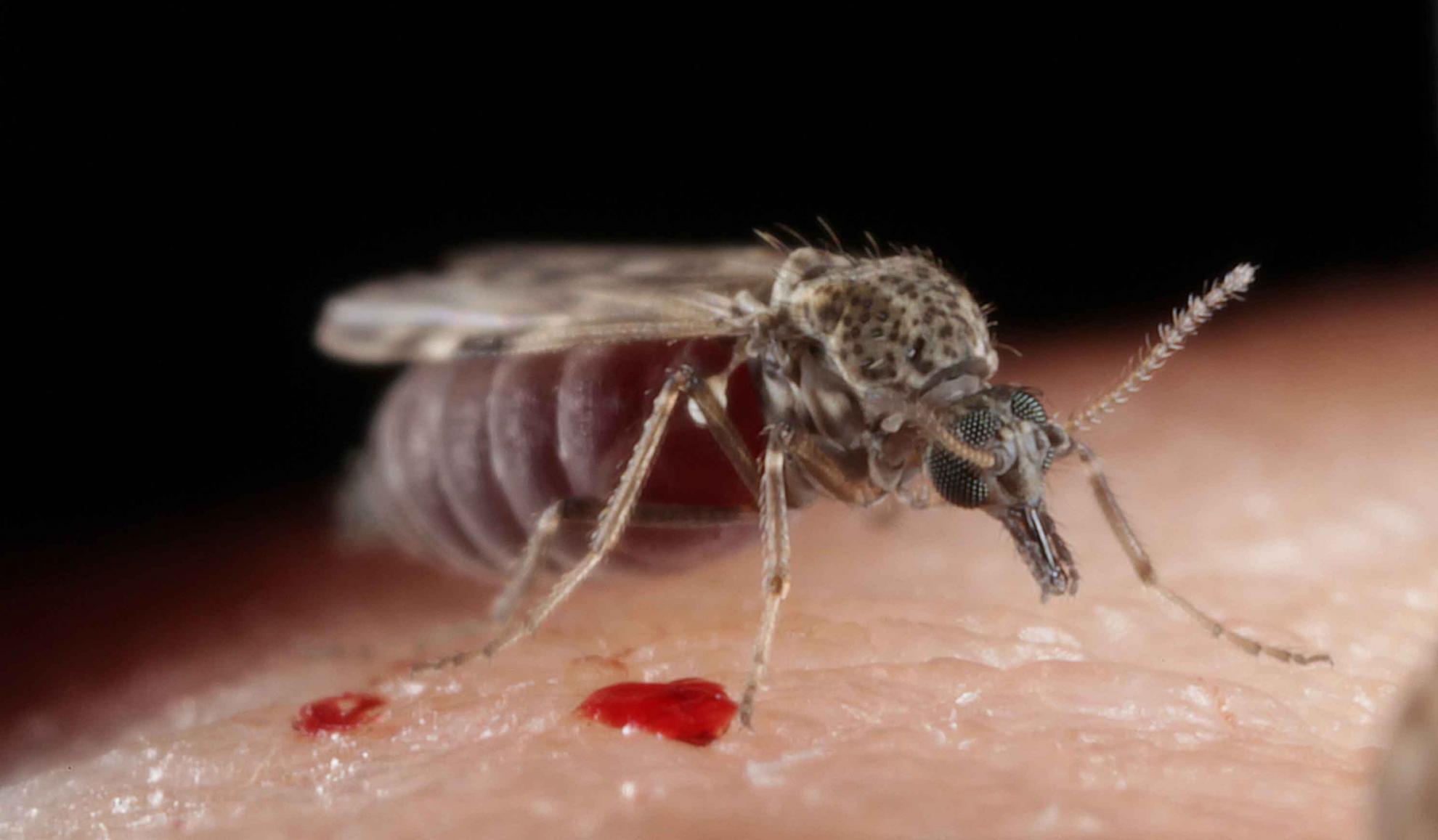Does covering of farm-associated Culicoides larval habitat reduce adult populations in the United Kingdom?
Culicoides biting midges (Diptera: Ceratopogonidae) are the biological vectors of a range of internationally important arboviruses of livestock, including bluetongue virus (BTV) and the recently emerging Schmallenberg virus (SBV). Culicoides species in the subgenus Avaritia (in the UK: Culicoides obsoletus Meigen, Culicoides scoticus Downes & Kettle, Culicoides dewulfi Goetghebuer and Culicoides chiopterus Meigen) have been implicated in BTV transmission in northern Europe and to a varying degree utilise cattle dung as a larval development substrate. The collection of cattle dung into heaps on farms provides a localised source of Culicoides emergence in close proximity to livestock. This study assesses the impact of covering dung heaps prior to the onset of adult Culicoides activity with the aim of reducing recruitment to the local adult populations at four livestock farms in England. Light suction trap catches of adult Culicoides from these farms were compared with those from four untreated control farms from a wide geographic range across the UK. It was demonstrated that implementing control of emergence from dung heaps did not have a significant impact upon the local adult subgenus Avaritia abundance at the treated farm holdings and that the onset of Culicoides activity was similarly unaffected. Use of this method in isolation is unlikely to have an effect in reducing the risk of BTV and SBV transmission. The implications of these results for control of farm-associated Culicoides in Europe are discussed.
Back to publications

